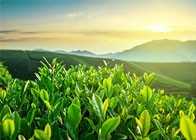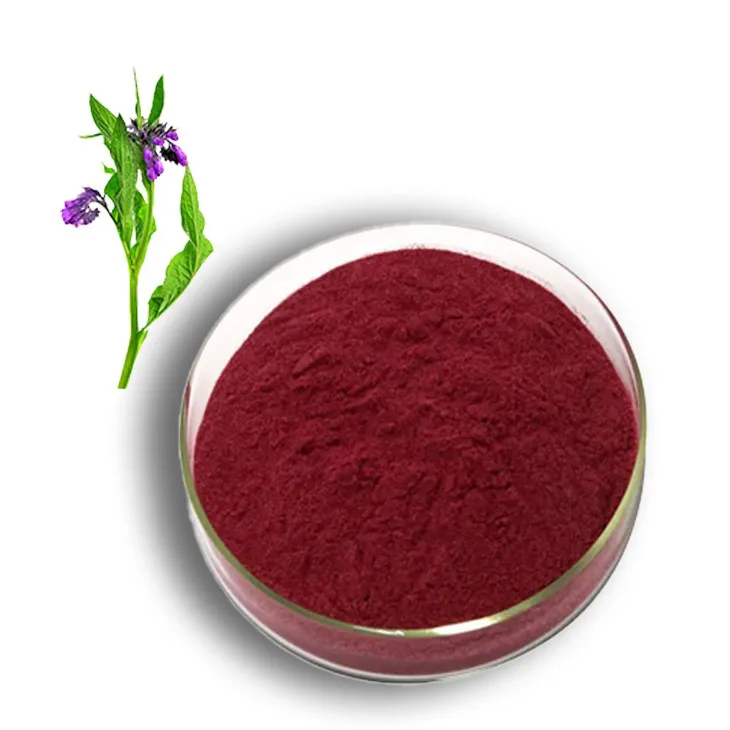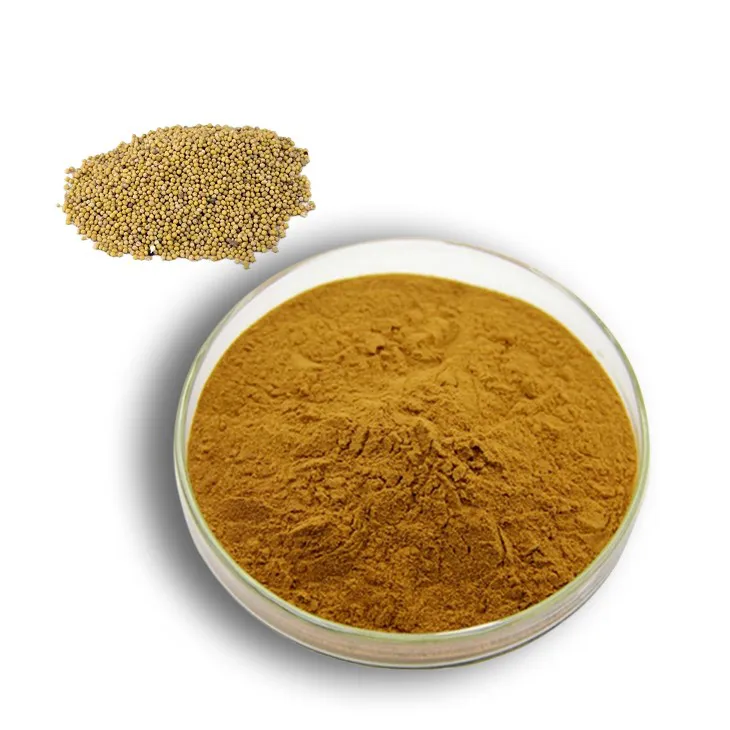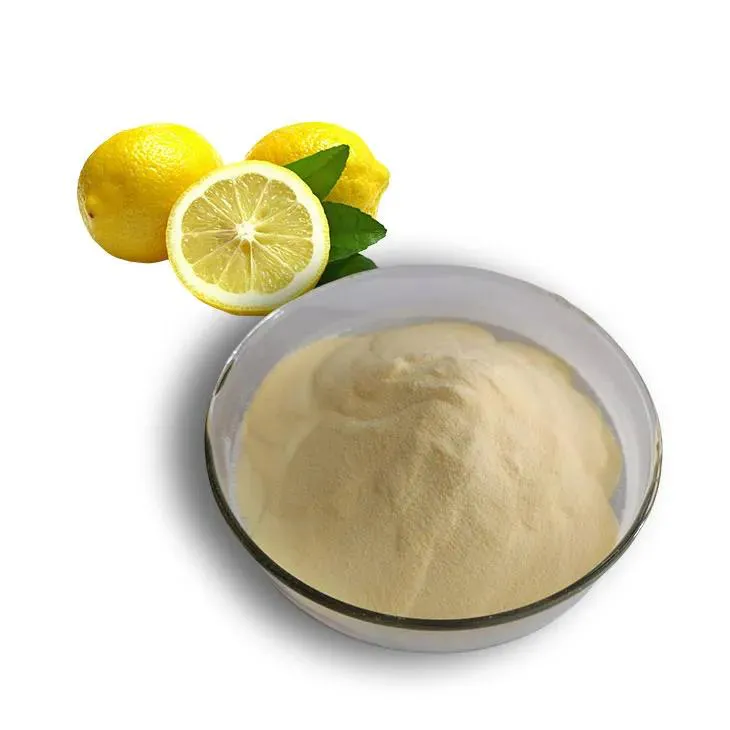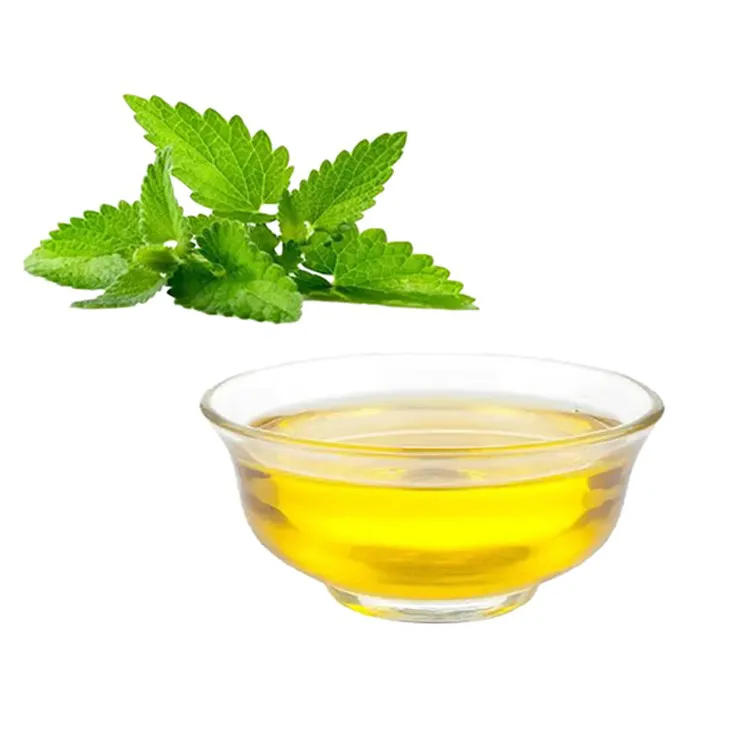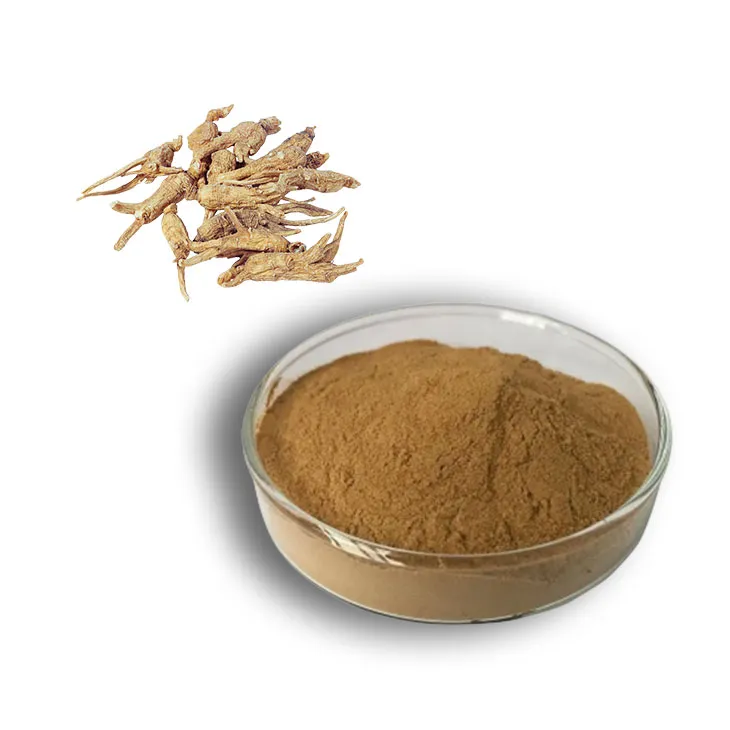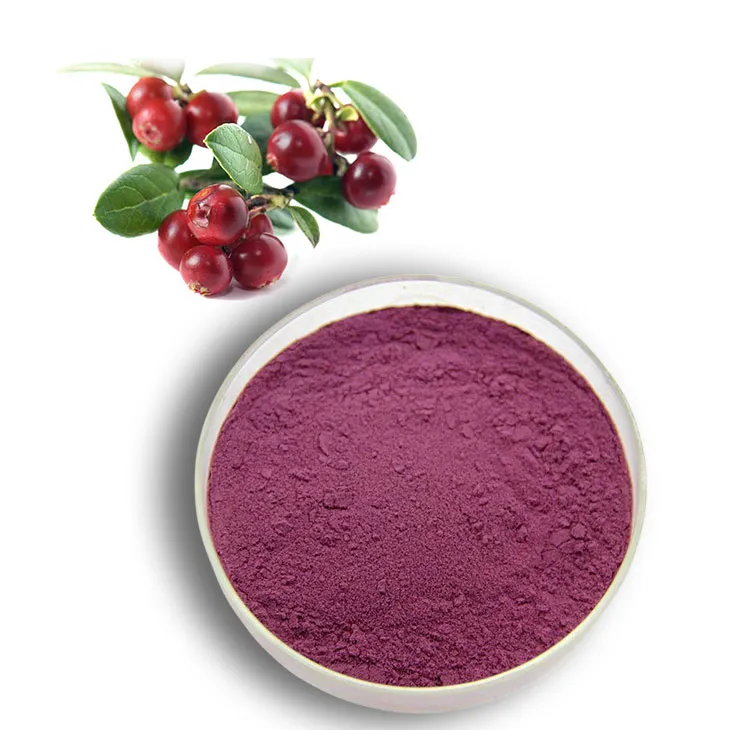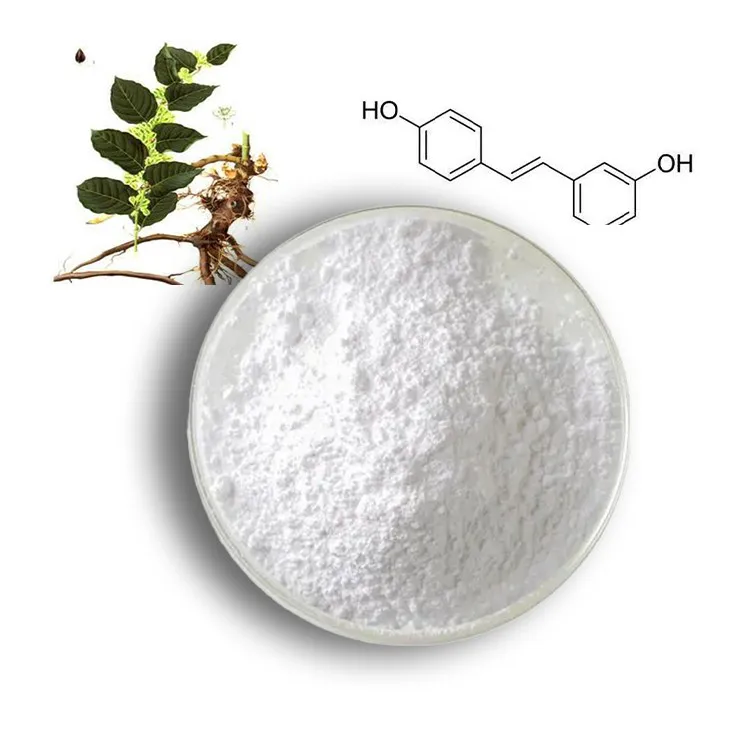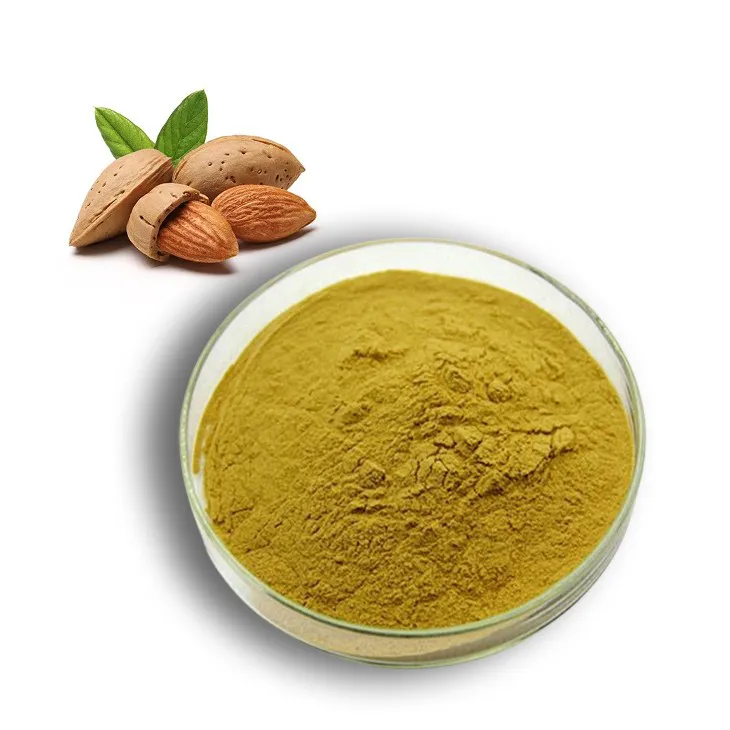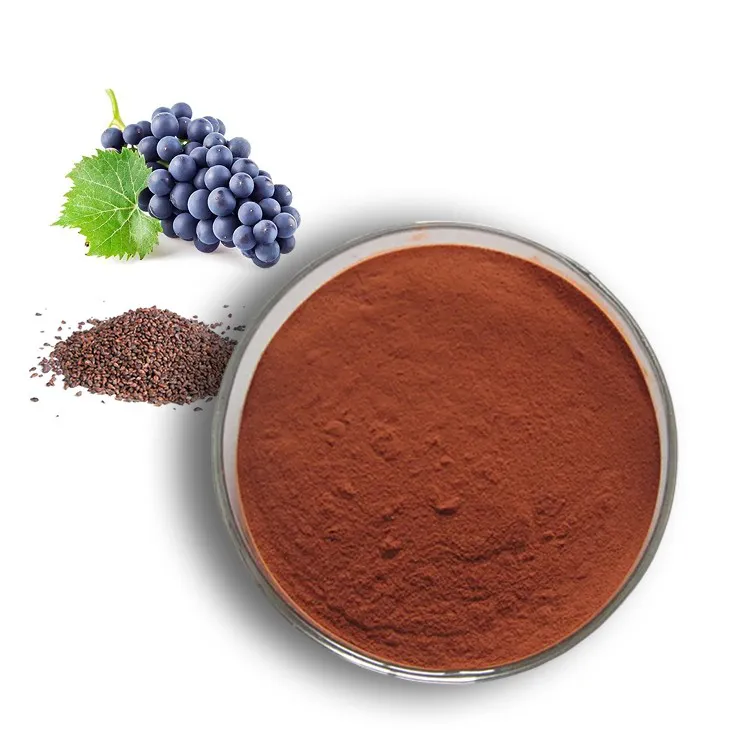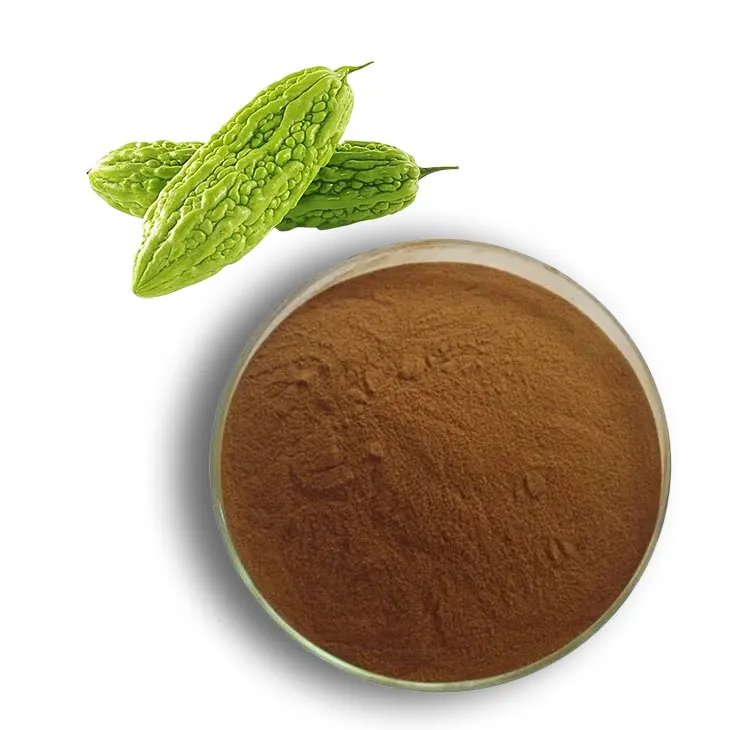- 0086-571-85302990
- sales@greenskybio.com
Echinacea: The Purple Powerhouse Reshaping Immune Health
2025-10-14
Imagine it’s the late 1880s in Nebraska: a Sioux healer crushes the root of a purple coneflower into a remedy for an infected wound. Now fast-forward to the sleek pharmacies of 2025, where that same plant—bottled as tinctures, brewed into teas, or pressed into capsules—adorns shelves across America. Echinacea’s journey is nothing short of remarkable, bridging centuries of traditional medicine and cutting-edge science. Yet, its reputation teeters precariously between “miracle herb” and “overhyped placebo.”
The truth lies somewhere in between. Echinacea isn’t just another fleeting “immune-booster” trend—it’s a botanical marvel, boasting chemistry so complex that it not only challenges the pharmaceutical industry but also demands precision in its use. Understood and applied correctly, echinacea could be one of nature’s most potent and versatile healers.
What Is Echinacea Really?
Contrary to popular belief, echinacea isn’t one uniform herb—it’s a family of plants that includes three medicinally valuable species, each with distinct properties:
Echinacea purpurea: The widely recognized “immune support” star.
Echinacea angustifolia: The root-centric powerhouse used in traditional Native American medicine.
Echinacea pallida: The lesser-known species with untapped potential.
Each species differs in its active compounds, such as alkylamides, cichoric acid, and polysaccharides, which work synergistically to modulate the immune system, reduce inflammation, and even inhibit viral replication.
The Science Behind Echinacea’s Power
1. Alkylamides Found in the roots of Echinacea angustifolia and Echinacea purpurea, alkylamides bind to cannabinoid receptors (the same ones involved in CBD), sparking a dual action: ramping up immune cell activity while reducing inflammation. This mechanism prevents your immune system from either overreacting (as in cytokine storms) or underreacting to threats.
2. Cichoric Acid Abundant in the flowers and leaves of Echinacea purpurea, cichoric acid acts as an antiviral agent, blocking the enzymes viruses use to invade cells. Its side benefits include detoxifying heavy metals from the body, making echinacea a natural ally in cellular protection.
3. Polysaccharides Concentrated in echinacea’s roots, polysaccharides "train" immune cells—especially macrophages—to recognize and eliminate pathogens more effectively. Research also suggests these compounds may enhance vaccine efficacy, potentially preparing your immune system to fight off future infections.
The Art of Dosing: Why Echinacea Gets a Bad Rap
Echinacea's mixed reputation stems largely from misuse and misrepresentation. Studies reporting "limited effects" often fail to use potent extracts, neglect traditional dosing methods, or test dried, poorly sourced material. Here’s how to use echinacea effectively:
For Acute Illness (Colds, Flu, Infections):
Dose: 1–2 mL of tincture (or 300–500 mg capsules) every 2 hours for the first 24–48 hours.
Why: Viruses replicate rapidly, and regular doses keep echinacea’s active compounds circulating in your bloodstream to curb viral spreading early.
Pro Tip: Combine with licorice root (for enhanced antiviral power) and ginger (to reduce rare side effects like nausea).
For Chronic Conditions (Arthritis, Anxiety, Immune Support):
Dose: 3x daily for 2–3 weeks, followed by a 1-week break.
Why: Long-term use can desensitize the body, so cycling prevents tolerance.
For Prevention (During Flu Season):
Dose: Once daily for 2–3 weeks at a time.
The most common user mistake? Waiting until you’re already sick before taking echinacea. The plant is most effective at the earliest signs of illness—think the first hint of fatigue, scratchy throat, or general malaise.
Pharmaceutical Resistance: Why Your Doctor Might Dismiss Echinacea
Echinacea’s cheap, unpatentable nature and ability to rival or complement synthetic drugs make it a direct threat to the pharmaceutical industry. Regulatory agencies have often muddied the public’s perception with misleading studies and warnings:
“Echinacea Isn’t Proven for Colds!” Many studies use weak extracts, incorrect dosages, or fail to replicate how echinacea has been traditionally used (e.g., frequent, small doses).
“Possible Liver Risks!” This claim stems from a handful of poorly documented cases. Echinacea’s risks, in reality, pale in comparison to common medications like acetaminophen.
“Avoid in Autoimmune Conditions!” Despite no strong clinical evidence, this caution persists. Consult your doctor, but for most people, echinacea poses minimal risk to autoimmune balance.
By contrast, antivirals like Tamiflu receive far more leniency despite offering minimal benefits (shortening flu by only a day) and presenting significant side effects like nausea and even psychiatric risks.
How to Choose and Use Echinacea Effectively
To harness echinacea’s full potential, quality matters. Here’s what to look for:
Choose Your Species for the Right Issue:
Colds/Flu: Echinacea purpurea (whole-plant extract; high cichoric acid).
Chronic Inflammation/Arthritis: Echinacea angustifolia root (alkylamide-rich).
Anxiety/Mood Support: Echinacea purpurea flowers (polysaccharide-rich).
Pick the Right Form:
Best: Fresh-pressed juice or alcohol-based tinctures (preserve alkylamides).
Good: Root tea (simmer for 10 minutes); flower tea (steep for 5 minutes).
Avoid: Capsules or powders with vague labeling.
Master the Timing & Dosage:
First Symptoms: 1 tsp tincture (or 2 capsules) every 2 hours for 24–48 hours.
Chronic Issues: 3x daily for 3 weeks, with a 1-week break.
Prevention: 1x daily for up to 2–3 weeks.
Boost Effectiveness with Synergistic Herbs:
Licorice Root: Enhances antiviral effects (avoid with high blood pressure).
Ginger: Improves absorption and soothes nausea.
Elderberry: Complements echinacea by preventing infection in the first place.
Grow Your Own Medicine Cabinet
Few immune-boosting remedies are as easy to cultivate as echinacea. Echinacea purpurea grows abundantly in most climates and can be turned into tinctures at home:
How to Make It: Chop fresh plant material (flowers, leaves, or roots), place in a jar, and cover with 80-proof vodka. Let steep for 4–6 weeks, then strain. One small garden plot can supply years of natural medicine.
The Bottom Line: Reclaiming Echinacea’s Legacy
Echinacea is no cure-all, and it won’t fully replace antibiotics or vaccines, but its benefits—rooted in both tradition and science—are too significant to ignore. From quickening recovery times in acute illnesses to supporting chronic inflammation and anxiety, this purple powerhouse proves that nature’s medicine chest remains one of our best allies.
In a world where synthetic drugs dominate and drug-resistant pathogens rise, echinacea stands as a reminder: sometimes, the most potent remedies grow quietly beneath our feet. All we need to do is respect the plant, understand its nature, and use it with the precision it deserves.
- ▶ Hesperidin
- ▶ Citrus Bioflavonoids
- ▶ Plant Extract
- ▶ lycopene
- ▶ Diosmin
- ▶ Grape seed extract
- ▶ Sea buckthorn Juice Powder
- ▶ Fruit Juice Powder
- ▶ Hops Extract
- ▶ Artichoke Extract
- ▶ Mushroom extract
- ▶ Astaxanthin
- ▶ Green Tea Extract
- ▶ Curcumin
- ▶ Horse Chestnut Extract
- ▶ Other Product
- ▶ Boswellia Serrata Extract
- ▶ Resveratrol
- ▶ Marigold Extract
- ▶ Grape Leaf Extract
- ▶ New Product
- ▶ Aminolevulinic acid
- ▶ Cranberry Extract
- ▶ Red Yeast Rice
- ▶ Red Wine Extract
-
Shikone Extract
2025-10-14
-
White mustard seed extract
2025-10-14
-
Lemon Juice Powder
2025-10-14
-
Peppermint Oil
2025-10-14
-
Angelica sinensis extract
2025-10-14
-
Bilberry Extract
2025-10-14
-
Resveratrol extract
2025-10-14
-
Almond Extract Powder
2025-10-14
-
Natural grape seed extract
2025-10-14
-
Bitter Melon Extract
2025-10-14

